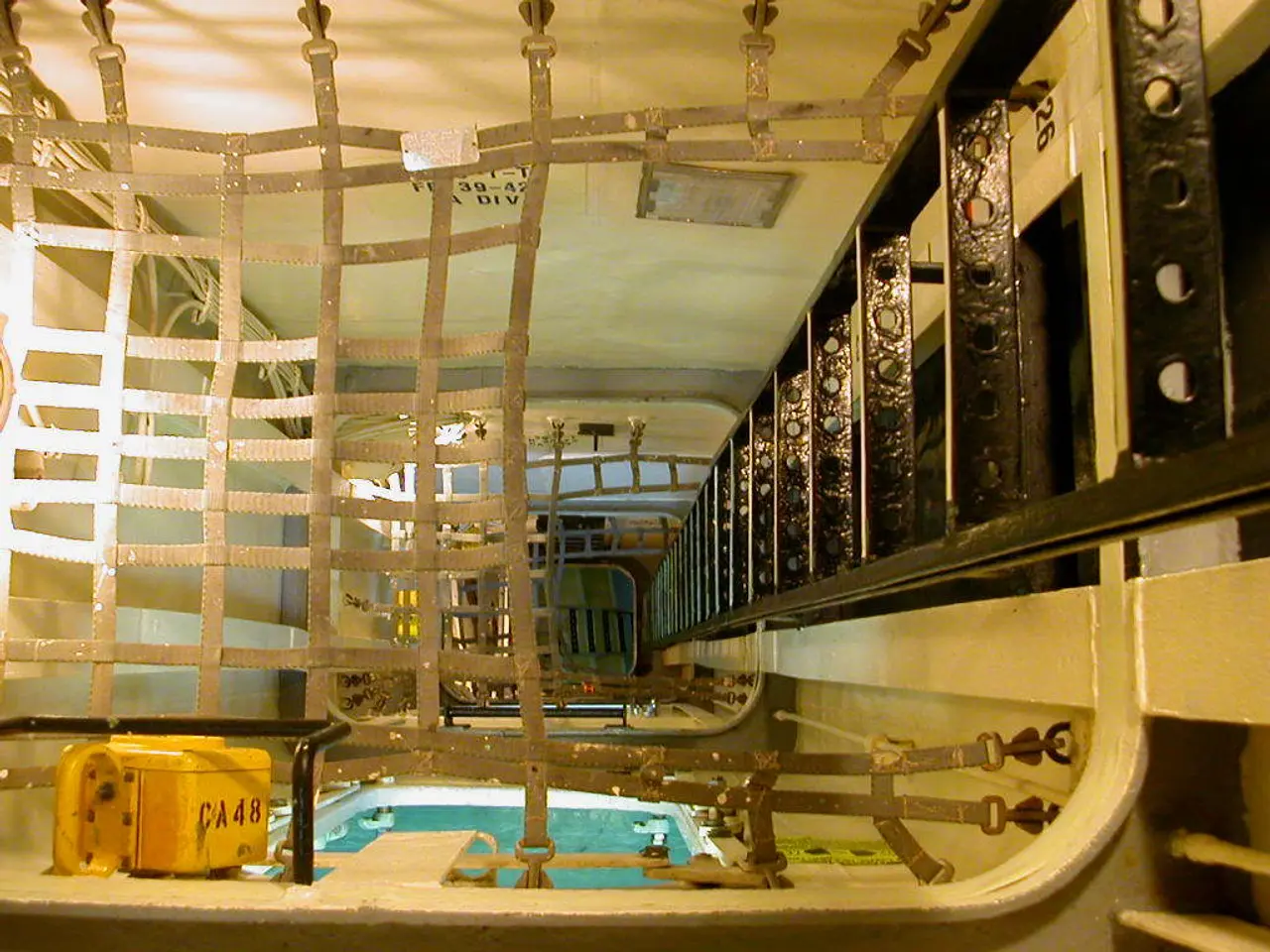Ensuring Clean Water: Battling Organic Contaminants, Heavy Metals, and Legionella Bacteria
Ensuring clean and safe water requires a multi-faceted approach, as highlighted by recent concerns over organic contaminants, heavy metals, and Legionella bacteria. These issues pose significant health risks and demand proactive measures.
Organic contaminants, such as pesticides and pharmaceutical residues, can infiltrate water supplies, posing potential health hazards. Their molecular complexity makes detection and treatment challenging. Meanwhile, heavy metals like lead, mercury, and arsenic can also contaminate water supplies. The EPA has set legal limits for these metals in drinking water: lead at 15 ppb, mercury at 2 ppb, and arsenic at 10 ppb. Lead pipes in older households are a particular concern, as they can leach lead into the water.
Legionella bacteria, which thrive in warm, stagnant water environments, cause Legionnaires' disease. Cooling towers, hot water tanks, and large plumbing systems are particularly vulnerable to Legionella growth. Outbreaks can have substantial public health impacts and associated costs.
To safeguard water supplies, a proactive approach is necessary. This includes robust testing protocols, expert collaborations, regular monitoring, and control of water conditions. By adhering to regulatory guidelines and addressing these challenges, we can ensure access to clean and safe water.





